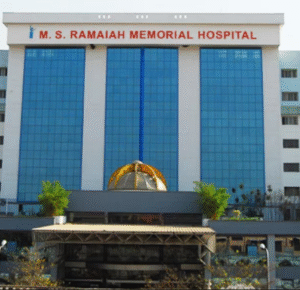
Cleft lip and palate surgeries can transform lives. These procedures help individuals eat, speak, and smile more confidently. They’ve been around for a while, but advancements make them more effective today. The impact is immediate and lasts a lifetime. Much like how breakthroughs in treating dallas tongue cancer have changed outcomes, cleft surgeries offer hope and new beginnings. Understanding the difference they make can deepen our appreciation for medical progress.
Understanding Cleft Lip and Palate
A cleft lip or palate is a common congenital condition where there is an opening in the upper lip or the roof of the mouth. This occurs when facial structures do not fuse properly during development. The World Health Organization notes that clefts affect about 1 in 700 newborns globally. This condition can lead to difficulties with feeding, speech, and hearing.
Advancements in Surgical Techniques
Over the years, surgical techniques have improved significantly. New methods focus on minimizing scarring and ensuring better functional outcomes. Surgeons now use techniques to align tissues more naturally. This results in improved speech and less noticeable scars. According to the National Institute of Dental and Craniofacial Research, early intervention leads to better speech development and emotional health.
Benefits of Early Intervention
Timing plays a crucial role in the success of cleft surgeries. Early surgeries, usually within the first year of life, can lead to better outcomes. These early interventions help in normalizing feeding and speech patterns. They also reduce the social and emotional challenges associated with visible facial differences.
Comparing Surgical Outcomes
Below is a table comparing traditional surgical outcomes with modern techniques:
| Aspect | Traditional Techniques | Modern Techniques |
| Scarring | More noticeable | Minimized |
| Speech Development | Delayed improvements | Timely improvements |
| Recovery Time | Longer | Shorter |
Long-term Impact
The long-term benefits of successful cleft surgeries are profound. Patients experience better speech clarity and fewer dental issues. They also enjoy improved social interactions. These changes contribute to a higher quality of life. The emotional and psychological benefits are equally significant, fostering a positive self-image.
Support Systems and Resources
Access to a multidisciplinary team is vital for cleft care. This team often includes surgeons, speech therapists, audiologists, and orthodontists. Such comprehensive care ensures all aspects of a patient’s health are addressed. Resources like the March of Dimes provide valuable information and support for families navigating cleft conditions.
Fostering Awareness and Understanding
Raising awareness about cleft conditions can reduce stigma. It promotes early diagnosis and treatment. Education campaigns can highlight the success stories of those who have undergone surgery. These stories inspire and motivate others to seek treatment.
Conclusion
Cleft lip and palate surgeries are life-changing. They offer individuals a chance for a brighter future. Through advancements in surgical techniques and early intervention, patients can lead fulfilling lives. As awareness increases, more people will benefit from these transformative procedures. The hope and confidence restored through these surgeries are a testament to the power of modern medicine.





